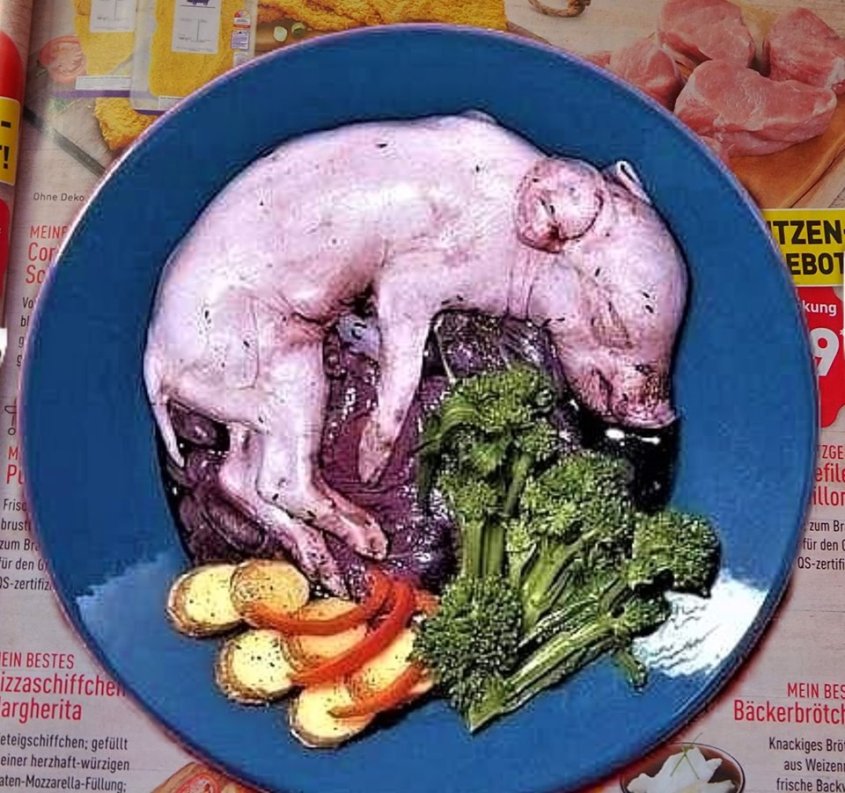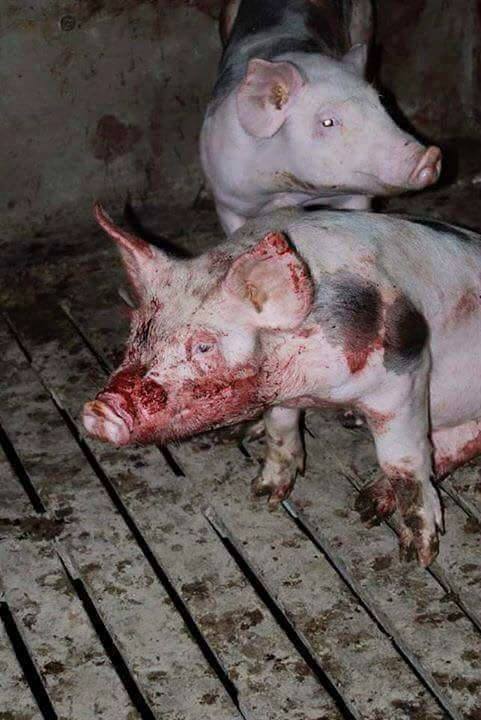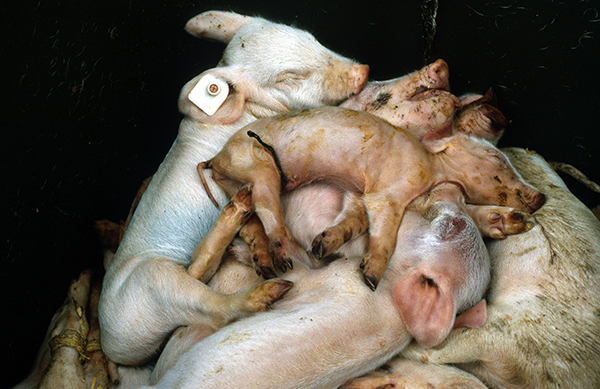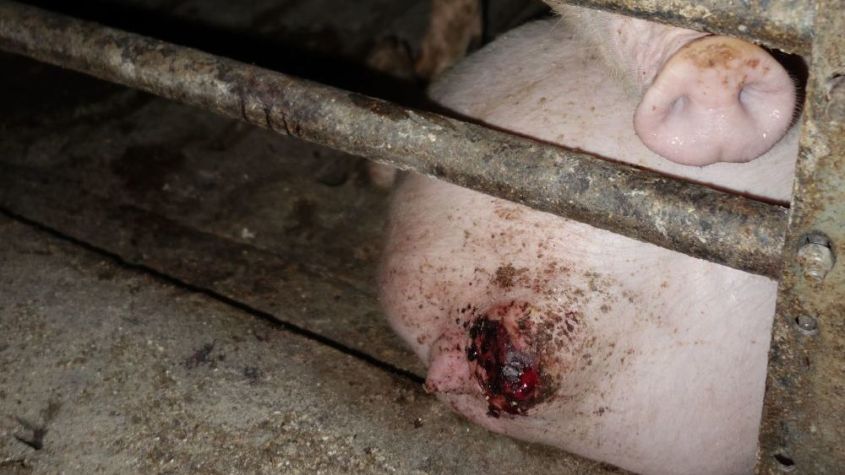
Today, 5th June, is World Environment Day.
https://www.worldenvironmentday.global/what-causes-air-pollution#agriculture
Created in 1974 by the UN, World Environment Day happens every June 5. Hosted by a different country each year—this year it’s China—the day seeks to raise public awareness of environmental issues.
“The celebration of this day provides us with an opportunity to broaden the basis for an enlightened opinion and responsible conduct by individuals, enterprises and communities in preserving and enhancing the environment,” says the UN’s website.

How much pollution we breathe in is dependent on many factors, such as access to clean energy for cooking and heating, the time of day and the weather. Rush hour is an obvious source of local pollution, but air pollution can travel long distances, sometimes across continents on international weather patterns.
Nobody is safe from this pollution, which comes from five main human sources. These sources spew out a range of substances including carbon monoxide, nitrogen dioxide, nitrogen oxide, ground-level ozone, particulate matter, sulphur dioxide, hydrocarbons, and lead–all of which are harmful to human health.
Agriculture
The major sources of air pollution from agriculture include livestock, which produces methane and ammonia, rice paddies, which produce methane, and the burning of agricultural waste. Methane emissions contribute to the formation of ground-level ozone, which causes asthma and other respiratory illnesses. Methane is also a more potent global warming gas than carbon dioxide – its impact is 34 times greater over a 100-year period. Around 24 percent of all greenhouse gases emitted worldwide come agriculture, forestry and other land-use.
There are many ways to reduce air pollution from agriculture. People can move to a plant-based diet and/or reduce food waste, while farmers can reduce methane from livestock by optimizing feed digestibility and improving grazing and grassland management.
Industry
In many countries, power generation is a leading source of air pollution. Coal-burning power plants are a major contributor, while diesel generators are a growing concern in off-grid areas. Industrial processes and solvent use, in the chemical and mining industries, also pollute the air.
Policies and programmes aimed at increasing energy efficiency and production from renewable sources have a direct impact on a country’s air quality. At the moment, 82 countries out of 193 have incentives that promote investment in renewable energy production, cleaner production, energy efficiency and pollution control.
Transport
The global transport sector accounts for almost one-quarter of energy-related carbon dioxide emissions and this proportion is rising. Air pollution emissions from transport have been linked to nearly 400,000 premature deaths. Almost half of all deaths by air pollution from transport are caused by diesel emissions, while those living closest to major traffic arteries are up to 12 percent more likely to be diagnosed with dementia.
Reducing vehicle emissions is an important intervention to improve air quality, especially in urban areas. Policies and standards that require the use of cleaner fuels and advanced vehicle emissions standards can reduce vehicle emissions by 90 percent or more.
Household
The main source of household air pollution is the indoor burning of fossil fuels, wood and other biomass-based fuels to cook, heat and light homes. Around 3.8 million premature deaths are caused by indoor air pollution each year, the vast majority of them in the developing world.
Out of 193 countries, 97 countries have increased the percentage of households that have access to cleaner burning fuels to over 85 percent. However, 3 billion people continue to use solid fuels and open fires for cooking, heating, and lighting. The adoption of cleaner, more modern stoves and fuels can reduce the risks of illness and save lives.
Day Mask Challenge:
https://www.worldenvironmentday.global/get-involved/world-environment-day-mask-challenge
On World Environment Day, soak in these amazing Earth photos
It’s a day to see the environment through what may be a slightly different lens: 50 incredible images of our planet:
https://www.nationalgeographic.com/environment/2019/06/amazing-earth-photos-world-environment-day/




 Foto: ARIWA: Cow in the “Bio” slaughterhouse -Germany.
Foto: ARIWA: Cow in the “Bio” slaughterhouse -Germany.


 Image: SOKO
Image: SOKO Image: SOKO
Image: SOKO Image: SOKO
Image: SOKO Image: SOKO
Image: SOKO